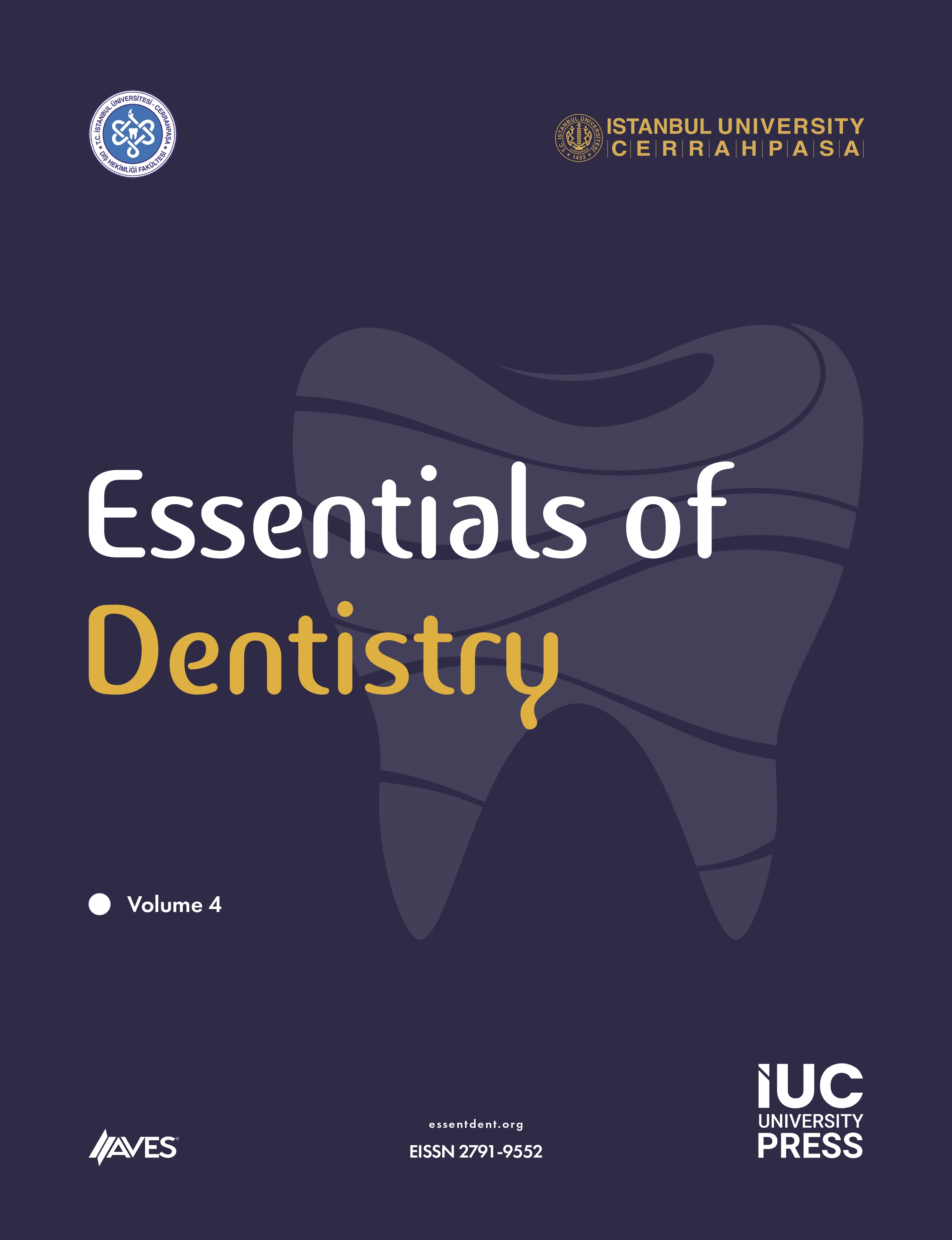Objective: This retrospective study aimed to determine the prevalence and distribution of hypodontia, except third molars, according to localization in dental arches and sex.
Methods: This retrospective, observational, epidemiological study was conducted with patients who applied to a university hospital (Istanbul, Turkey) between 2020 and 2022. Patients with any syndrome, jaw fracture, tooth extraction, or history of orthodontic treatment were excluded from the study. The age range of the patients included in the study was between 18 and 26 years. In addition to descriptive statistics, data were analyzed using Fisher’s exact test. The level of significance was evaluated at P ≤ .05.
Results: In the total sample of 754 patients, hypodontia was found in 54 patients, including 31 females and 23 males. The prevalence of hypodontia was 7.2%. The most common agenesis was mandibular second premolar agenesis (22.5%), followed by maxillary second premolar (16.6%) and maxillary lateral incisor (11.6%).
Conclusion: The prevalence of hypodontia was determined as 7.2% according to the findings of this retrospective study. Mandibular second premolar agenesis was the most common agenesis, followed by maxillary lateral incisor and maxillary second premolar. There were no significant differences in the distribution of hypodontia by sex or arch.
Cite this article as: Şişmanoğlu S. Prevalence and distribution of non-syndromic dental agenesis in Turkish population: A retrospective study. Essent Dent. 2022;1(3):96-101.






